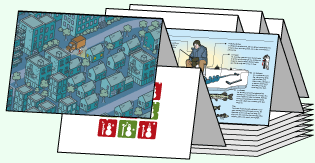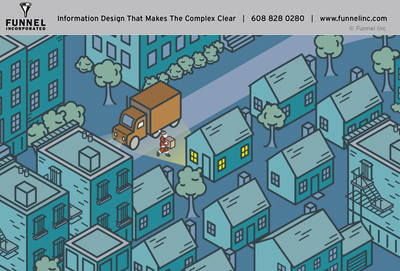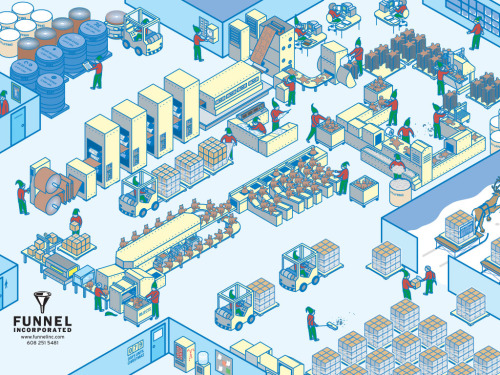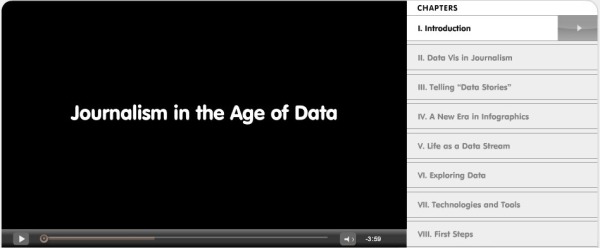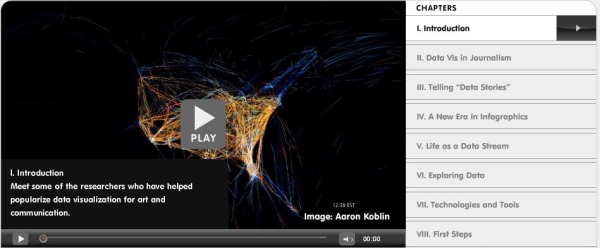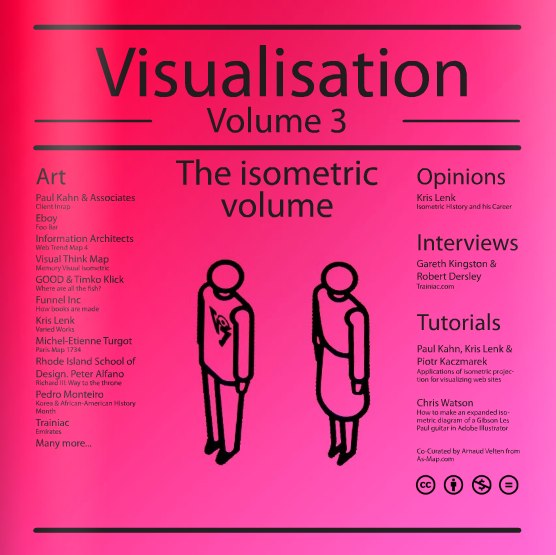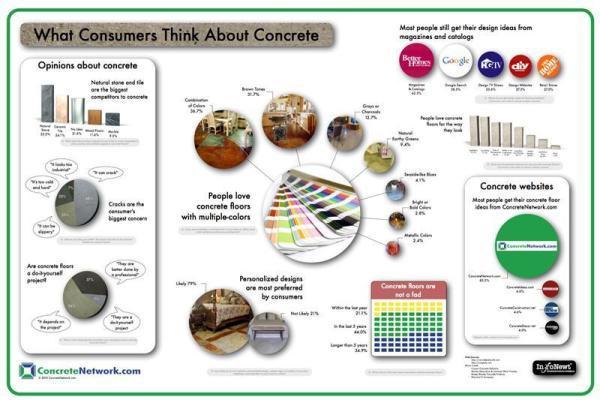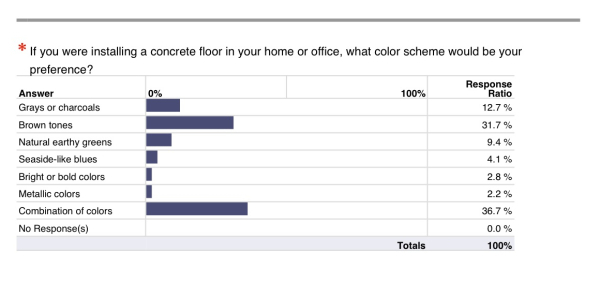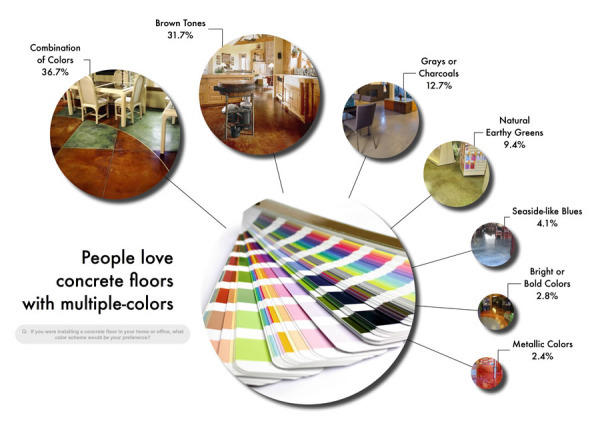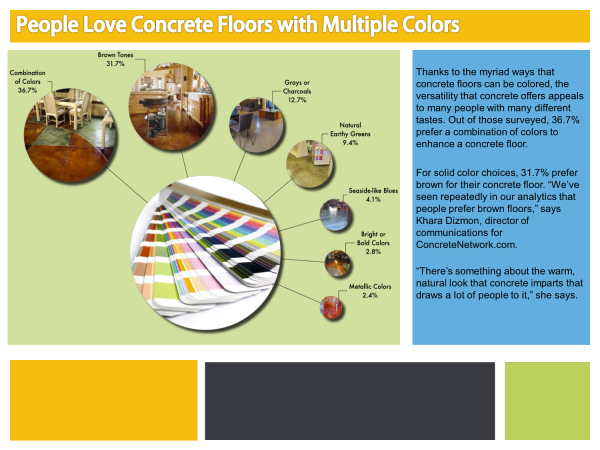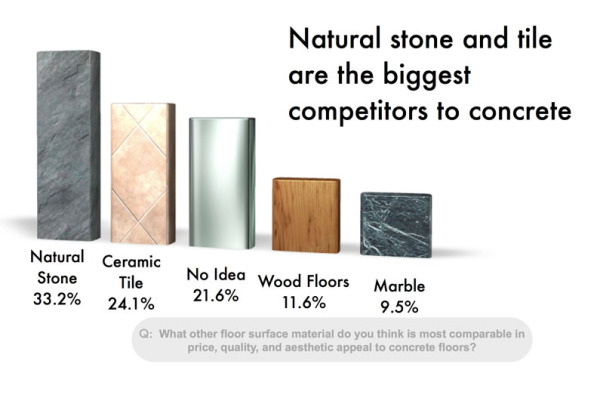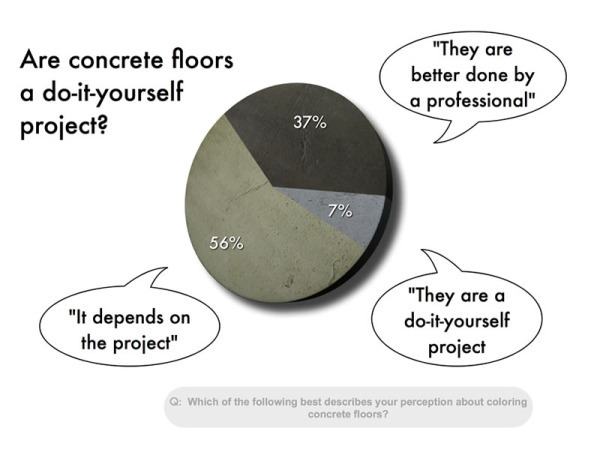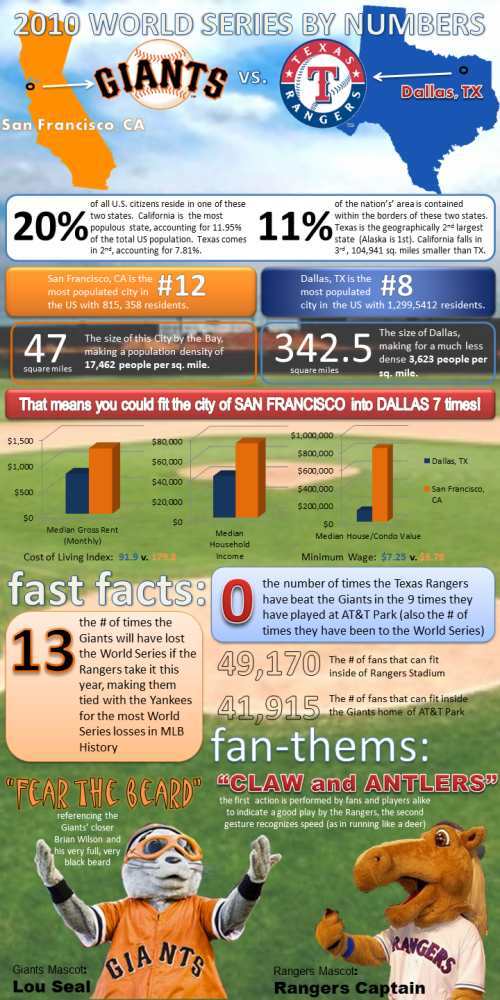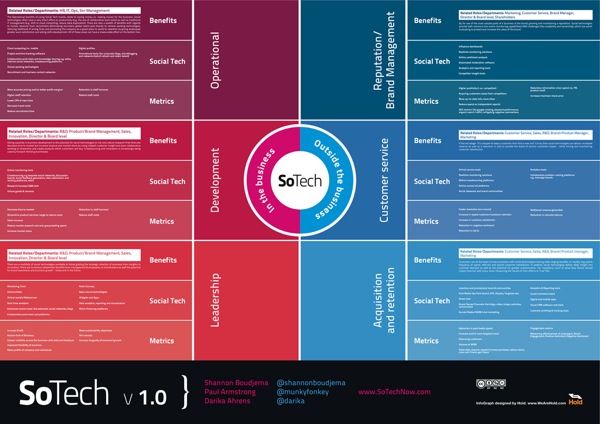
I found one of my recent client infographics, The Empowered E-Patient, translated and posted on a Chinese site, www.mazingtech.com (along with many others), but it’s not a version that I designed. I also had to view the site using this link with Google Translate. Someone has downloaded the original image file, translated all of the text into Chinese and then reposted the infographic.
Let me start by saying that although I designed the original infographic, I don’t think I have a big problem with someone else translating it and republishing it without my permission (or involvement) in this way. It was done very well, and the client I designed it for feels the same way.
Here you can see the original and the translated version side-by-side:

You can see that someone spent some time with an image editing program trying to do this right and make it look official. The Chinese text is the same size and color as the original English, and was very carefully positioned. The visuals were left intact, as were all of the logos, website addresses and even the copyright information.
Technically, I think this would be considered a copyright violation, but it’s not like another site is claiming ownership or directing traffic to a new, different destination site. Because of the care that was taken, if this infographic is reaching more people because of the translation, it would be successfully driving more awareness and traffic to the PathOfTheBlueEye.com site. That was the whole point of the original infographic in the first place!
One issue is that because I wasn’t part of the translation process, I don’t know that it was translated correctly. If there actually is some existing demand to view this in Chinese, I could have offered that service to my client to make sure that we were happy with the translation.
It’s worth noting, that there are MANY English infographics that have translated into Chinese on this site, but the navigation to find them is very difficult. Here are a few more from other designers that I have posted before on Cool Infographics, but have been translated and reposted in Chinese. (You can click the titles to see the original English version I posted)
WTF is HTML5, and Why Should We Care?

Apple, Adobe Flash and H.264

The Visual FAQ of SEO infographic



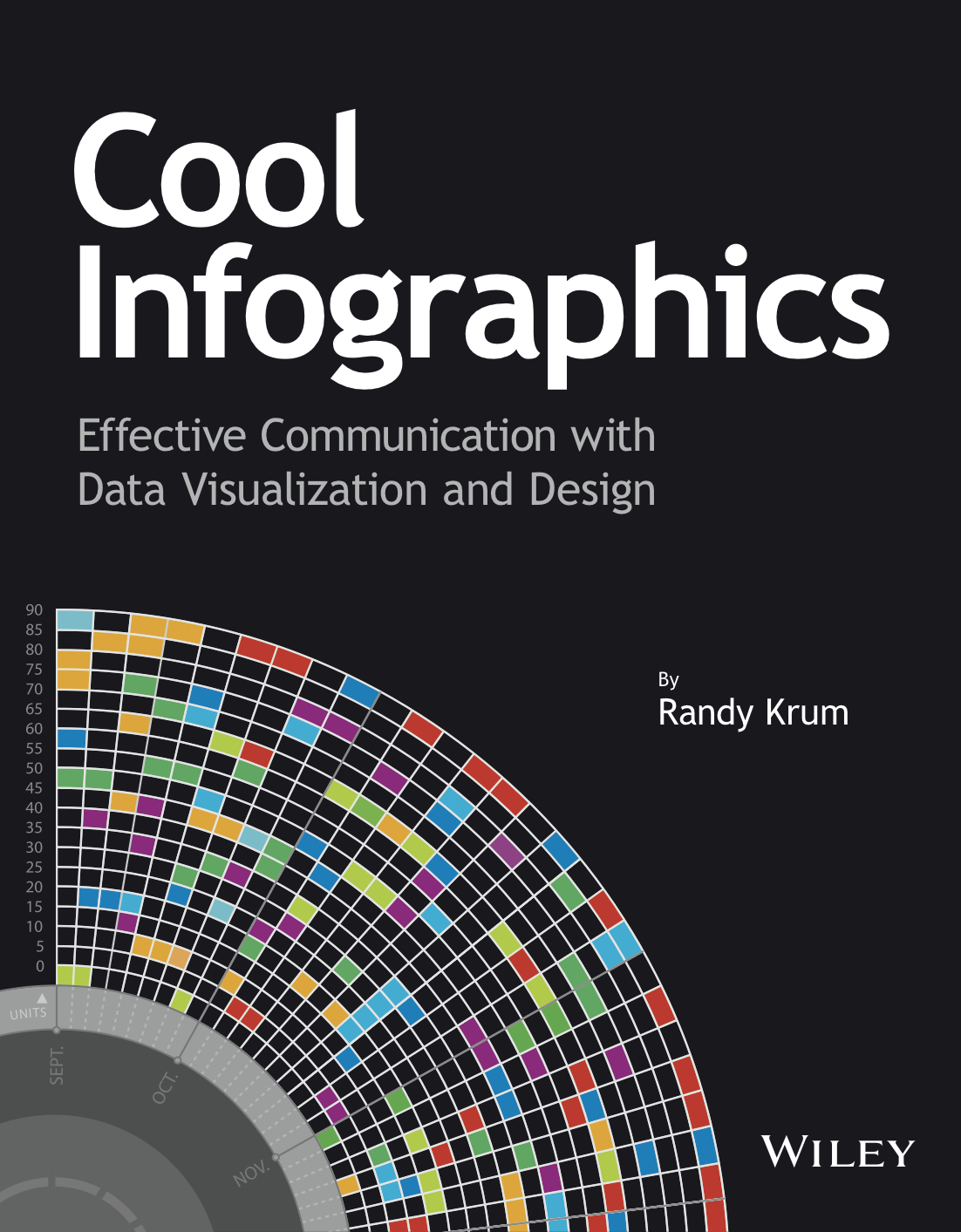





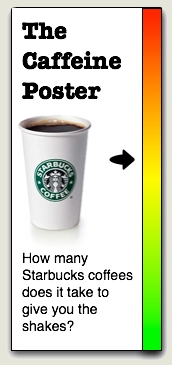
 Randy
Randy

